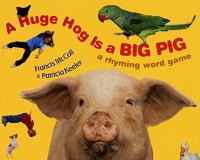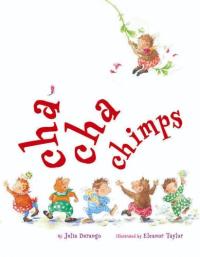Key Information
Focus
Appropriate Group Size
Why teach about onset-rime?
- They help children learn about word families, which can lay the foundation for future spelling strategies
- Teaching children to attend to onset and rime will have a positive effect on their literacy skills
- Learning these components of phonological awareness is strongly predictive of reading and spelling acquisition
Whiteboard: explaining onset-rime
This video explains the phonological awareness skill onset-rime and shows examples. (What Works Clearinghouse practice guide: Foundational skills to support reading for understanding in kindergarten through 3rd grade.)
Watch a lesson: blending onset and rime
At La Verne Heights Elementary School in La Verne, California, teacher Stephanie Fincher helps her students practice blending onset and rime using manipulatives to represent the sounds. (Reading Universe)
Collect resources
From the Florida Center for Reading Research, download and print these activities:
These articles offer suggestions for how to use simple onset and rime activities to help students develop phonological awareness.
Construct-a-word: “ig” in Pig. The link below outlines a strategy that can be adapted to teach different onset and rime word patterns. This activity helps teachers isolate and teach the rime “ig” using the book If you Give a Pig a Pancake by Laura Numeroff. There is an instructional plan that accompanies the activity and extension ideas included to advance the learning process. See example ›
Download blank templates
See the link below for more help building word families using onset and rimes.
Differentiated instruction
For second language learners, students of varying reading skill, and younger learners
- Have students create and write word sorts of the target word pattern
- Use pictures instead of words in activities for younger and lower level readers
See the research that supports this strategy
Bear, D., Invernizzi, M., Templeton, S., & Johnston, F. (1996). Words their way: Word study for phonics, vocabulary, and spelling instruction. Upper Saddle River, NJ: Prentice-Hall.
Chard, D., & Dickson, S. (1999). Phonological Awareness: Instructional and Assessment Guidelines.
Ellis, E. (1997). How Now Brown Cow: Phoneme Awareness Activities.
Goswami, U., & Mead, F. (1992). Onset and rime awareness and analogies in reading. Reading Research Quarterly, 2, 153-162.
Wise, B. W., Olson, R. K., & Treiman, R. (1990). Subsyllabic units as aids in beginning readers word learning Onset-rime versus post-vowel segmentation. Journal of Experimental Child Psychology, 4, 1-19.
Children’s books to use with this strategy

Time for Bed

To Market, To Market

A Huge Hog Is a Big Pig

Brown Bear, Brown Bear, What Do You See?

Cha Cha Chimps

